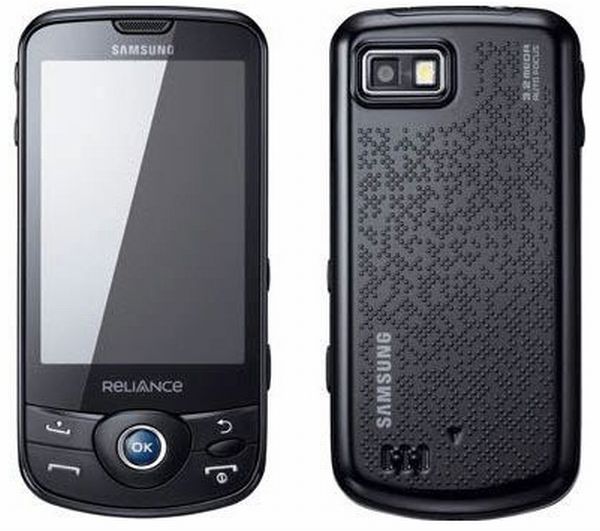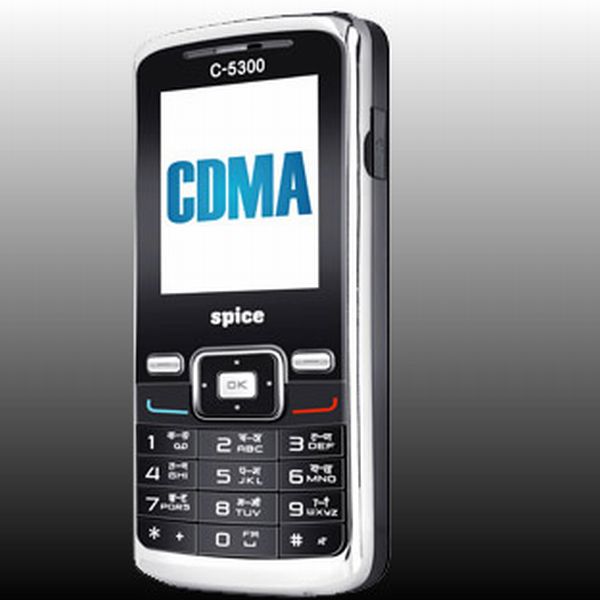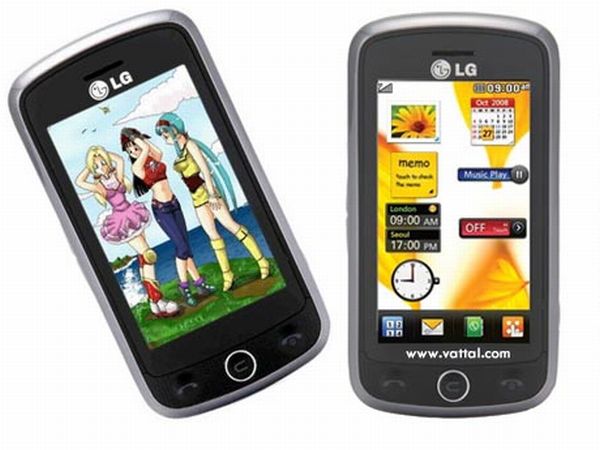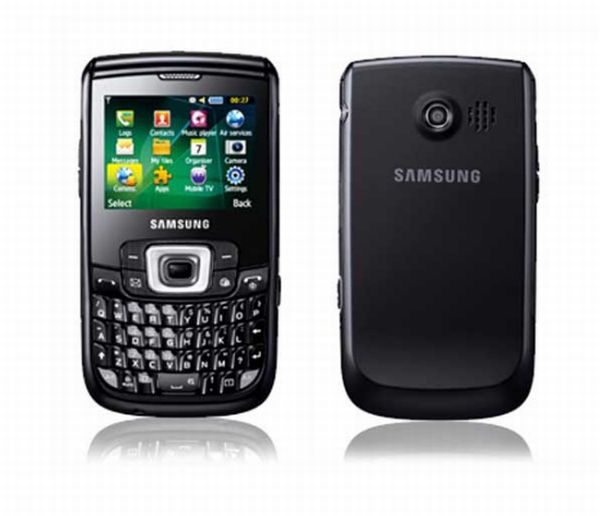Statistically speaking, GSM (Global System for Mobile Communications) phones have a clear advantage over CDMA (Code Division Multiple Access) phones almost all over the world, with the only exception being America and few other countries. Especially in India, GSM phones win hands-down over CDMA ones, which occupy only 20 per cent of the entire mobile market.

CDMA Advantages
CDMA phones have certain advantages that are not widely known:
- CDMA reuses the universal frequency spectrum, which is a limited resource. CDMA does not require frequency planning either, because it can use all frequencies available.
- The security in intercellular interactions is greater in CDMA phones. In addition, CDMA can be used in smaller phone, reducing difficulty in handling or carrying the phone set.
- Power control is a unique feature of the CDMA. The phones are enabled to control the power which they transmit. This helps the operators as the phones themselves can increase or decrease the power of transmission as and when required.
- As these phones do not need frequency planning, they could be used in remote areas as well.
Not many takers for CDMA?
- The main reason why CDMA is unpopular is that it restricts the user to a particular operator. Moreover, in India, there are not many service providers for CDMA. This discourages the user by limiting his choices and flexibility.
- Another disadvantage of CDMA in India is that India already has a pre-established market for prepaid schemes for mobile phones. It is easier to use the prepaid system and in comparison, CDMA seems cumbersome. Users feel more comfortable with flexible options. They want easy access to better tariff plans without the CDMA hassle.
- CDMA phones usually do not provide international roaming facilities either. The only way international roaming is possible for CDMA is by signing an agreement with CDMA providers in other countries. CDMA network is also not as widely spread or developed as the GSM.
CDMA phones available
1. Samsung Galaxy i889

This is the first Android CDMA phone in India. Even with a 3.2 megapixel camera, 3.2 inch touch screen and 800Hz processor, it wasn’t as big a hit as the other phones in the Galaxy series. However, it offers access to download applications from the Android market and the option for a prepaid connection.
2. Samsung Mpower TXT M369

With a QWERTY keypad and document viewer, this phone comes in the candy bar variety. Designed to suit the tastes of Indian consumers, it comes equipped with apps like mobile prayer and a customized Indian calendar. This phone also supports nine regional languages, making it especially tailored for the Indian market.
3. Spice candybar CDMA phone

Nice things come in small packages, and this phone from Spice mobile proves it. An essentially standard phone, it gives you three-and-a-half hour talk-time and more than seven days of stand-by time. Unique features of the phone include the ability to record videos in the AVI format and to record in-call conversations. It can store up to 1000 phone contacts and supports up to 1GB of external memory.
4. LG Cookie ZIP 510 CDMA

As the features claim, you can carry a TV in your pocket with this little gadget. The display is crystal clear and the phone supports high-speed Internet downloading, giving you the ultimate TV experience. It has the EVDO or Evolution Data Optimized for enhancing download speed, browsing and video streaming speeds. The memory on the phone is awe-inspiring, with 72 MB internal and up to 4 GB expandable support.
GSM vs. CDMA
1. For CDMA, networking is more complex than it is for GSM. CDMA phones have a unique physical channel and a special unique code. The device will use its specific code to multiply its signal and use only its own physical channel to transmit the signal. On the other hand, GSM phones work on cellular towers to cover specific areas. The phones will transmit signals and receive them according to the area they are in.
2. There is no concept of the SIM (Subscriber Identification Module) in CDMA phones. All information, contacts and similar, are stored directly by the service provider. While in GSM such information can be stored on the SIM itself and transferred to another handset easily, CDMA allows recovery from the database itself. This way, the mobile device is easily traceable when lost. So, the handset is the signal-transmitting device, rather than the SIM.
3. International roaming is a great problem with CDMA phones because they do not support multiband signals. The GSM, on the contrary, as the system already has a huge worldwide market, is easier to use.
4. However, CDMA supports a faster Internet access with ISDN (Integrated Services Digital Network) plans, while GPRS (General Packet Radio Service) is slower as used in GSM phones.
Conclusion
While GSM is still at an obvious advantage over CDMA, the latter challenges the former with some undeniable advantages. CDMA offers better voice clarity, smaller handsets and allows several calls using a single bandwidth. However, GSM is more popular than CDMA in India.
